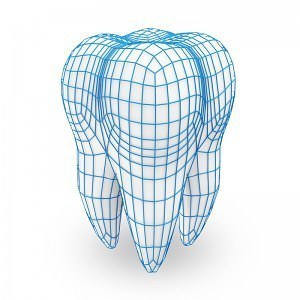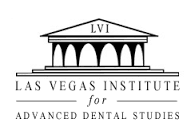Chandler General Dentist Explains the Science Behind Tooth Decay
 There’s a good chance that you’ve had a cavity before. In fact, about 90% of adults in America have had tooth decay in at least one of their permanent teeth. Other than the discomfort that often accompanies advanced decay, however, you may not realize that your tooth is in danger until the symptoms become obvious, by which time your tooth has probably suffered extensive damage. You may not even consider tooth decay a problem other than the physical discomfort, which is a dangerous assumption that could cost you your tooth, and more. To help you better understand the dangers of this widespread epidemic, Chandler general dentist, Dr. Arooni, discusses the science behind tooth decay and the importance of treating it early.
There’s a good chance that you’ve had a cavity before. In fact, about 90% of adults in America have had tooth decay in at least one of their permanent teeth. Other than the discomfort that often accompanies advanced decay, however, you may not realize that your tooth is in danger until the symptoms become obvious, by which time your tooth has probably suffered extensive damage. You may not even consider tooth decay a problem other than the physical discomfort, which is a dangerous assumption that could cost you your tooth, and more. To help you better understand the dangers of this widespread epidemic, Chandler general dentist, Dr. Arooni, discusses the science behind tooth decay and the importance of treating it early.
Big Damage in Little Packages
In its most severe state, decay can destroy your tooth so thoroughly that your only option for stopping the infection is to extract it. As destructive as it is, though, tooth decay typically begins on the microscopic level. While many people are familiar with dental plaque, fewer people know that it’s a mass of oral bacteria; over 600 different kinds of them, to be exact. One in particular, called Streptococcus mutans, consumes the sugar and carbs that you ingest and converts them into lactic acid. This acid weakens your tooth enamel, which is your body’s strongest substance, and paves the way for tooth decay development. Composed mostly of calcium and phosphate, enamel is also your body’s most mineralized substance, and when weakened, it can refortify itself by absorbing more minerals. Unfortunately, bacteria-produced acid saps the minerals from your teeth, and over time, your enamel can grow weak enough to allow bacteria access to the more vulnerable tooth structure underneath it, called dentin.
Avoid Your Tooth’s Destruction
When caught early, before your enamel is destroyed, acid erosion can usually be reversed with specialized enamel-enhancing procedures, such as fluoride treatments, and an improved oral hygiene regimen. Because discomfort is typically not felt until decay has a decent hold on your teeth, erosion is most often detected by your dentist at a regularly scheduled dental checkup and cleaning. Once decay has gained a foot hold, treatment can range from a simple dental filling to a more extensive root canal procedure, depending on its severity. In extreme cases, your tooth may not have sufficiently survived the decay and might require extraction.
Treat Your Tooth Decay in Chandler Today
To treat your tooth decay, regardless of its severity, or to learn more about protecting and improving your smile, then schedule an appointment with your Chandler general dentist by calling 480-855-1200. Located in the 85224 area, Lakeview Dental Care proudly serves patients from Chandler, Gilbert, Ahwatukee, Mesa, Tempe, Phoenix, and all surrounding communities.
By Mark Arooni DDS




